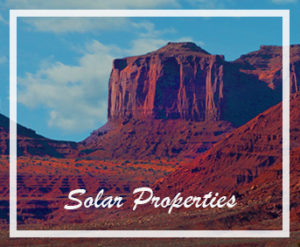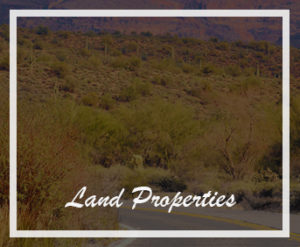Phoenix-based Vermaland owns tens of thousands of acres across Arizona, and many sites are located on the edges of metro Phoenix awaiting the area’s growth.
Vermaland CEO Kuldip Verma has offered two of the company’s sites, 1,000 acres in Eloy and 666 acres in Gila Bend, to give or sell at a bargain price to Tesla Motors for its proposed $4 billion battery plant.
Palo Alto, Calif.-based Tesla announced in February that Arizona was among four states in contention for a factory that could employ 6,500 people, although few details of the selection process have been revealed. The factory annually could supply as many as 500,000 batteries, which could be shipped to California to be assembled into Tesla’s electric vehicles.
Vermaland owns 25,000 acres of land across Arizona. Here are some questions answered by Verma in an interview about the land offered to Tesla and other regional growth issues earlier this week.
Question: Why offer free land to Tesla?
We feel the Tesla project will be monumental to accelerating the growth of Phoenix and we feel all the economic development groups and businesses should do everything they can to ensure the project moves to Phoenix.
Answer: Have you heard back from Tesla or any of the state’s economic development groups?
Not yet, and that’s disappointing.
Q: Moving on to other issues … where does do you believe growth is heading?
The West Valley. If you look at a map of Phoenix, Phoenix is land locked going east, south, and north by either mountains, federal, or state land. These areas have been built for the most part. The West Valley is the only area left in Phoenix where you there is a decent amount of private land available. Therefore, we strongly believe the future growth over the next five years will happen in the west.
Interstate 11, which would potentially link Las Vegas and Phoenix. I-11 would be west of Buckeye and near the Palo Verde Nuclear Generating Station. If this freeway became a reality, it would fuel growth in the West Valley.
Q: When did Verma acquire its land?
About 20 years ago, we started. However, the majority of our purchases took place over the past ten years. When we first started acquiring land, the Phoenix market was experiencing a similar recession as it is now. Prices were very low at that time.
Q: Why buy on edges of metro Phoenix?
Our business model is to buy land 10-15 miles away from existing growth, because land is much lower in price if it isn’t currently being developed. The growth and development usually follows five to 10 years in those areas. An example of this is a residential development we developed, Sonoran Ridge in Waddell. We bought the land for this project in 1995 at $1,500 an acre. Ten years later in 2005 and 2006, these lots were selling for $150,000 and acre for the undeveloped lots and $300,000 an acre for the finished lots. These are huge returns on the initial investment.
Q: Do you think the housing market will slow this year?
Based on the experts we have spoken with and the data we have seen, we think the market may slow down this year, but it will be a very minor and temporary slowdown. Banks need to assist first-time homebuyers with loans so they can enter the market, we believe, this will increase the demand again. Overall, we feel the market will only go up from here.
I feel the biggest contributing factor to the housing market is the population growth. Population growth has been 2 percent in 2013 and forecasted to be 2.5 percent this year. The sales volume is lower; the prices have been steady and have seen a slight correction in January. We cannot project which way the market will go. However, based on population growth and the boomerangers coming in the market, the housing market should stay strong. As far as prices are concerned, I feel they are where they should be according to the historical values over the last fifty years.
https://www.azcentral.com/story/money/real-estate/2014/04/11/vermaland-ceo-discusses-free-land-tesla-growth-patterns/7612145/


